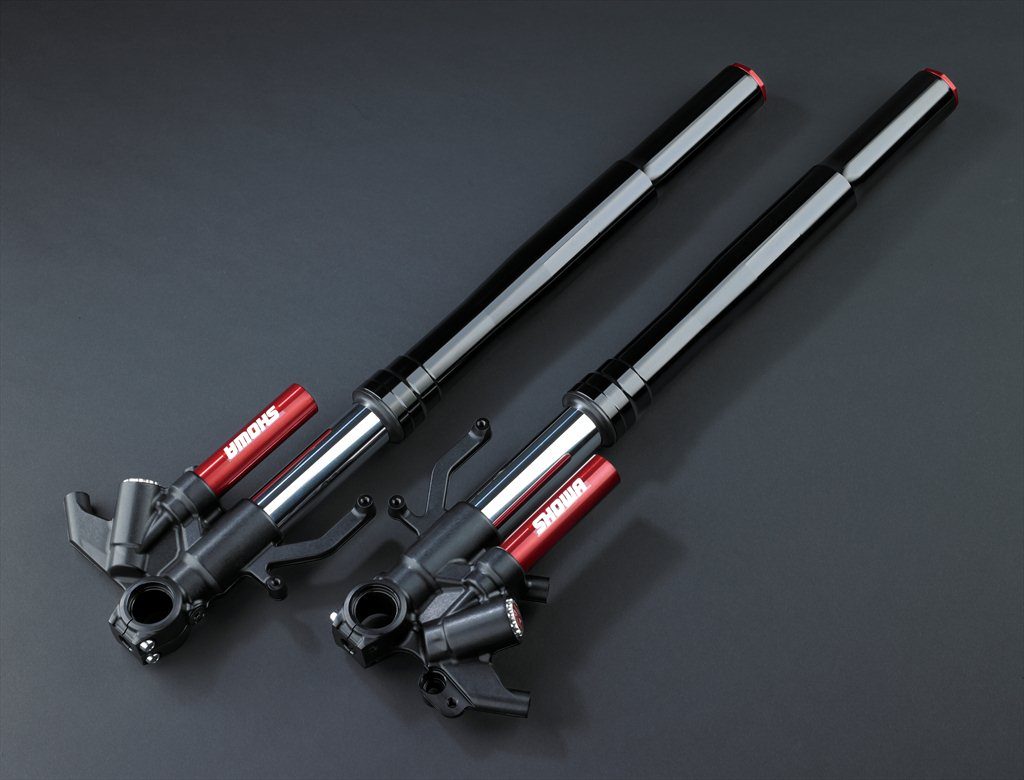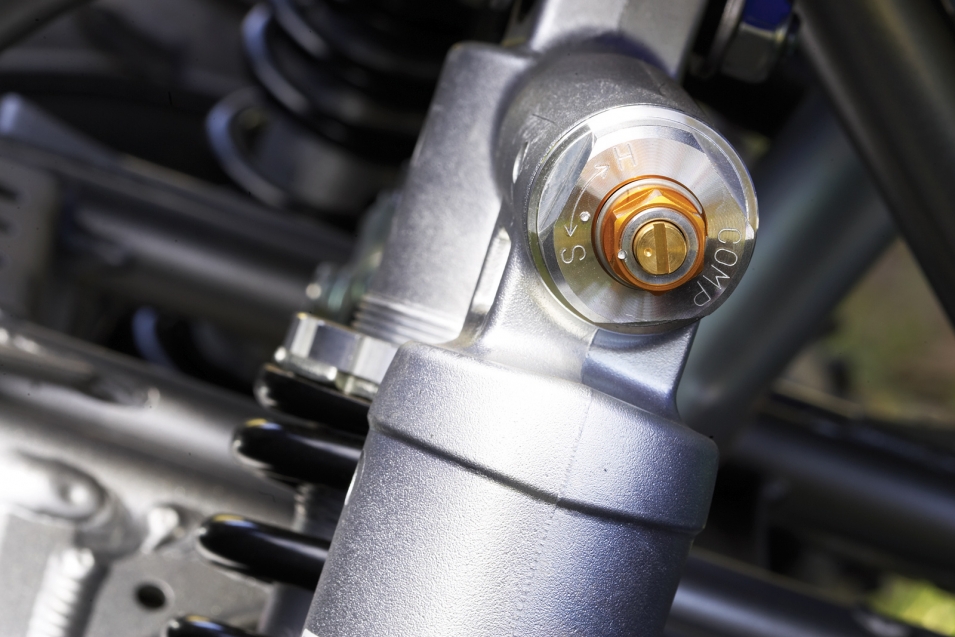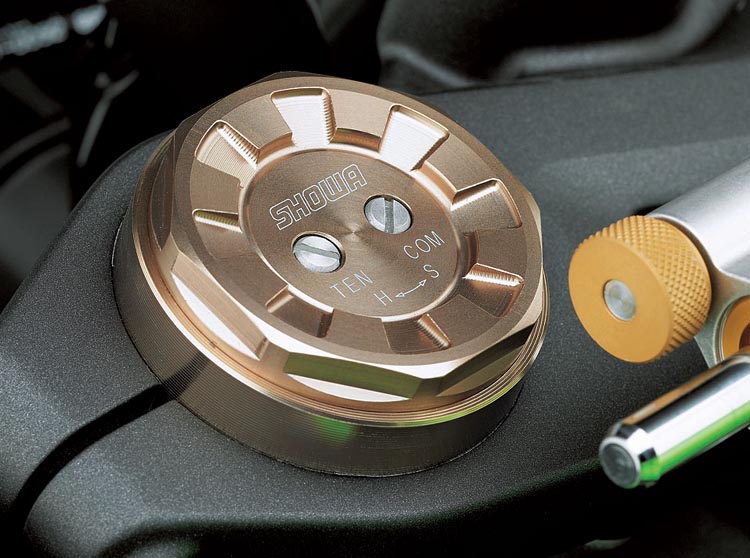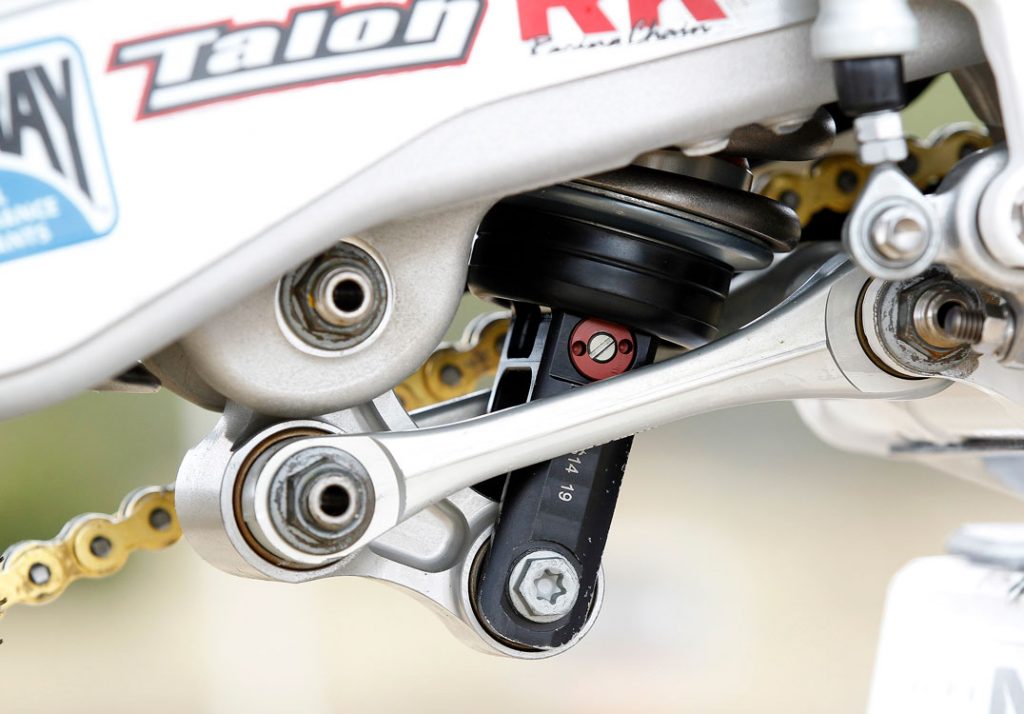We provided a guide on troubleshooting preload adjustment and rebound damping previously. We shall deal with compression damping in this last part.
To recap, compression damping is opposite of rebound damping. It controls how quickly the wheel travels upwards when it contacts a bump in the road.
Think of compression damping as the resistance when the spring is squeezed.


So, there you have it.
Always “mark” the factory settings before you start and note them down. For example, turn the compression damping to fully minimum and count many clicks to get there. Then, turn it to maximum, noting the number of clicks. Finally, turn it back to the original position and start from there.
Our advice is to adjust one parameter at a time, say start with rebound damping before moving on to compression damping. Adjusting everything all at once will confuse you.
Another advice, do not go to the maximum unless you really, really need to (for example poor quality forks). Having a little less of something may actually gain you more in terms of enjoyment.
Lastly, please do not think you need to add more preload/compression/rebound just because you ride faster. You can do so at the track but that does not necessarily mean going all the way to the maximum. Conversely, adjust what is necessary to allow the bike to work for you, not vice versa.
We provided a guide on troubleshooting preload adjustment yesterday (click here for the article). Today, we continue with rebound damping (or “TEN” on Japanese suspensions).
To recap, rebound damping controls the rate at which the spring returns to its original length after being compressed. Without rebound damping, the spring will re-extend too quickly, sometimes even further than its starting length. This is what causes oscillations – that wallowing or pogoing (pumping up and down) motion.
Think of rebound damping as a brake when the spring re-extends. The more rebound damping you add, the slower the wheel goes back down, and vice versa.


Stay tuned for Part 3 when we troubleshoot compression damping.
© Copyright – BikesRepublic.com 2023 Trademarks belong to their respective owners. All rights reserved